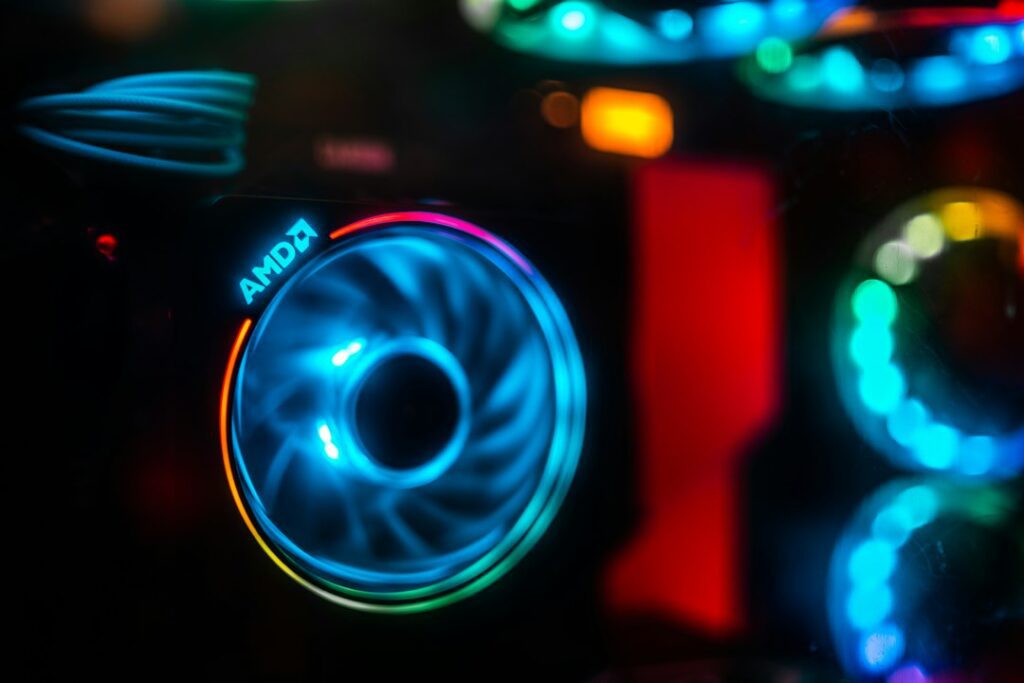Mastering Advanced Grub Customization on Linux
Are you passionate about taking full control of your Linux system? Do you find joy in customizing every aspect to suit your preferences? If so, you’re in the right place! In this blog post, we will delve into the fascinating world of advanced Grub customization on Linux. Whether you’re a seasoned Linux user or just starting with this powerful operating system, the ability to personalize your Grub bootloader can enhance your overall experience and give your system a unique touch.
Understanding the Power of Grub Customization
Surprising Statistics on Grub Usage
Did you know that over 95% of all computers that run on Linux utilize the Grub bootloader? It’s the most popular and widely used bootloader in the Linux community, offering great flexibility and customization options.
Grub (Grand Unified Bootloader) is the first program that launches when you start your computer. It allows you to choose which operating system or kernel to boot into, making it a critical component of your system. By mastering advanced Grub customization, you can not only personalize the boot menu but also optimize the boot process and troubleshoot system issues.
Getting Started with Advanced Grub Customization
Exploring the Grub Configuration File
The Grub bootloader’s behavior is controlled by the configuration file located at `/boot/grub/grub.cfg`. This file contains crucial settings and parameters that determine how the boot menu is presented and how the boot process is handled. However, directly editing this file is not recommended, as it’s auto-generated and any manual changes can be overwritten.
Using Grub Customizer Tool
To safely customize Grub, you can leverage tools like Grub Customizer, which provides a user-friendly interface to modify various Grub settings without directly editing the configuration file. Grub Customizer allows you to reposition menu entries, change default boot options, customize colors and backgrounds, and more.
Advanced Grub Customization Techniques
Theming Your Grub Bootloader
One of the most visually impactful ways to customize Grub is by applying a custom theme. You can create or download themes that completely transform the look and feel of your boot menu, giving it a personalized touch that aligns with your aesthetic preferences.
Adding Memtest and Other Tools
Grub isn’t just for booting into different operating systems; it can also be used to launch diagnostic tools such as Memtest86 for memory testing or SystemRescueCd for system recovery. By adding these options to your Grub menu, you can turn it into a versatile toolkit for maintaining and troubleshooting your system.
Implementing Advanced Boot Options
With Grub, you can pass additional boot parameters to the Linux kernel, enabling advanced features or troubleshooting options. This can be incredibly useful for tasks such as changing the default console resolution, enabling verbose boot mode, or setting up a single-user mode for system maintenance.
How to Apply Advanced Grub Customization in Your Daily Life
Now that you’ve glimpsed into the wide array of possibilities with advanced Grub customization, let’s explore how you can apply this knowledge to enrich your daily Linux experience.
Personalize Your Boot Experience
By customizing your Grub bootloader, you can tailor it to reflect your unique style and preferences. Whether it’s adding a colorful theme or rearranging boot options, every glimpse of your boot menu becomes a moment of personal expression.
Optimize Boot Parameters
Harness the power of advanced boot options to optimize your system’s boot process. Whether it’s tweaking kernel parameters for performance or enabling debugging mode when troubleshooting, understanding and using these options can significantly impact your system’s behavior.
Create a Grub Toolkit
By adding diagnostic and recovery tools to your Grub menu, you can transform it into a Swiss Army knife for system maintenance. Having quick access to tools like Memtest86 or SystemRescueCd directly from the boot menu can save time and simplify the troubleshooting process.
In Conclusion
Mastering advanced Grub customization on Linux opens up a world of possibilities for personalization, optimization, and troubleshooting. The ability to tailor your boot experience and fine-tune the boot process empowers you to make the most of your Linux system. With the knowledge gained from this blog post, you can embark on a journey of creativity and functionality as you shape your Grub bootloader to suit your individual needs and preferences. So, dive in, explore, and make your Grub bootloader truly your own!
















